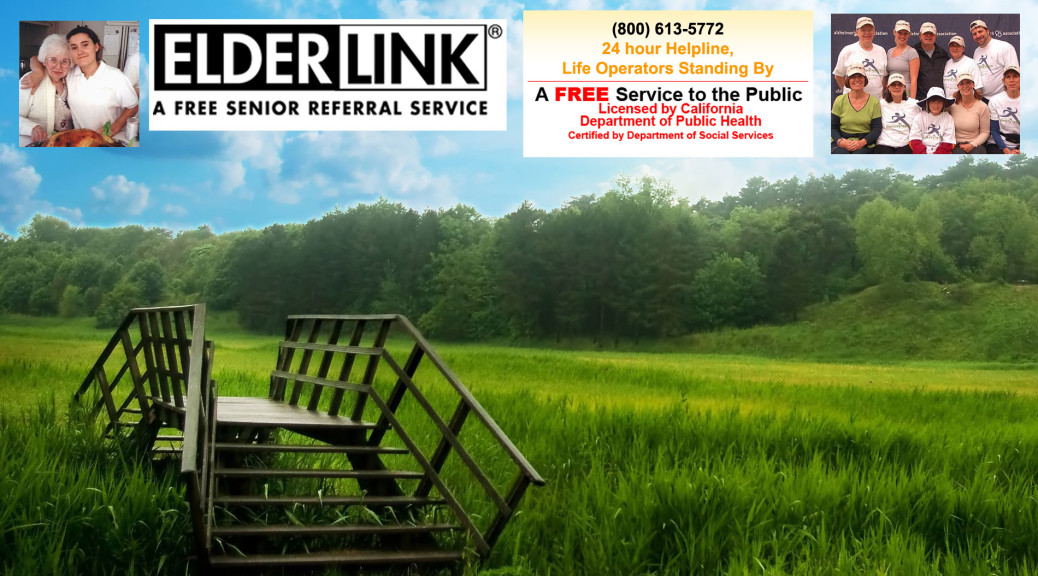The older you get the harder you fall might be a misquote from the old adage, but has some truth to it. For those aged 65 and older, falls are among the leading cause of death due to injury and it is estimated that in the United States, one out of every three adults 66 years or older falls each year.
Unfortunately, research published in the American Journal of Preventative Medicine found that 60 percent of fatal falls for older adults 65 and older occur at home, 30 percent happen in public places and 10 percent occur in health care institutions. Unfortunately, many falls cannot be foreseen or prevented but there are some risk factors that can be controlled.
Risk Factors
Environmental factors, including slippery surfaces, poor lighting, steps and loose rugs
Use of equipment, such as a cane or walker
Non-adherence to safety practices
Gait and balance impairments
Visual impairment
Physical conditions, such as stroke, arthritis, muscle weakness, glaucoma, cataracts, hearing loss or foot problems
Age
Fall history and fall related injury
Neurological disabilities, including Parkinson’s disease or stroke
Cognitive impairment and/or behaviors
Medication use, side effects, multiple medications or psychotropic utilization
While caretakers cannot necessarily prevent an elderly adult’s fall, they can work to minimize the risk as well as increase the response time of medical assistance should a fall occur. The most common fractures from a fall include pelvis, hip, femur, vertebrae, hand, forearm and ankle.
In addition to the stress and pain, the elderly who have taken a fall are also at a greater risk of complications such as pressure sores resulting from immobility as well as decreased appetite, infections, respiratory issues, pneumonia and incontinence.
So what can you do if your aging loved one does experience a bad fall? Develop a care plan that takes into account your loved one’s age, medical history, risk factors for falling again, mental health, functional abilities, expectations and willingness to follow the plan. Determine whether recovery and rehabilitation should occur in home or in a care facility and work with doctors, physical therapists, occupational therapists and other care givers on developing and following exercise, restorative and/or physical activity programs.
If the time has come when your aging loved one is no longer able to live independently, please contact the knowledgeable staff at ElderLink to help you find elder care services or an assisted living facility within California that is customized for your family.


